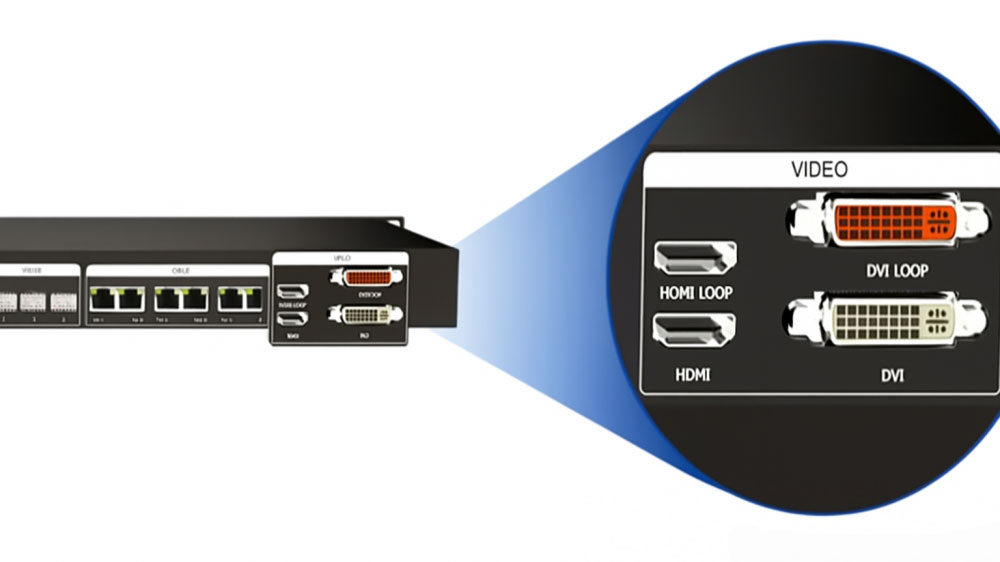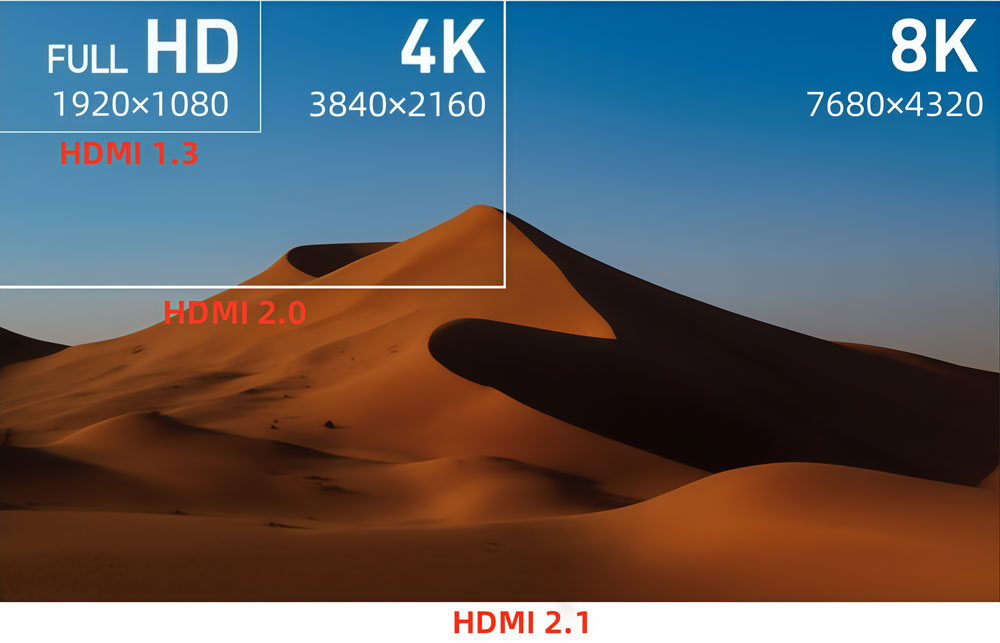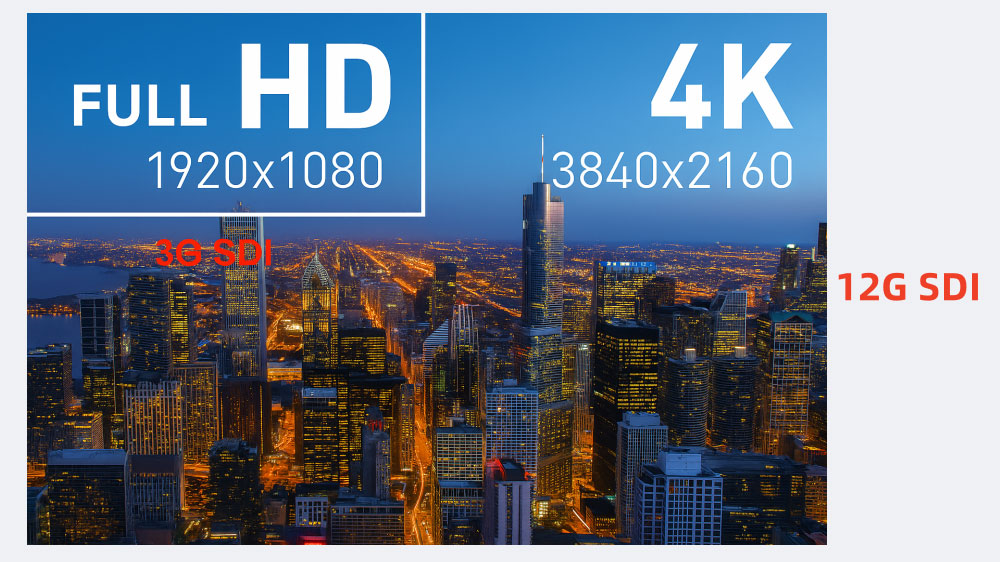
LED Display Controller Interfaces Guide: Types, Uses, and Tips
LED display controller interfaces play a key role in bringing LED screens to life. They carries signals, commands, and data, making sure images appear smooth and accurate. Without them, even high-quality LED screens would struggle to perform.
In this guide, we will explain what an LED display controller interface is, why it matters, and the main types you are likely to encounter.
For those looking to explore controllers, pricing, and LED display product options, our LED Screen Cloud Platform offers detailed information and resources.
1. What Is LED Display Controller Interface?
An LED display controller interface is the link between your content source and the LED screen. It works like a translator: video comes in from a computer, camera, or media player, and the interface organizes it into a format the LED display can understand.
These interfaces can be:
- Video ports such as HDMI or DVI.
- Data connections like Ethernet or fiber.
- Specialized connectors made only for LED systems.
Besides video, many interfaces also carry control signals. This allows adjustments for brightness, color, or synchronization, often in real time.
In short, the interface is the pathway that lets your LED display “talk” with the outside world.

2. Why LED Display Controller Interface Matters?
The controller interface is more than a plug-in point. It directly affects how smooth, clear, and stable your display looks. A mismatch or weak connection can ruin the viewing experience, no matter how good the LED screen itself is.

- Signal Quality
The interface determines how cleanly the video or data reaches the display. High-quality ports reduce lag, distortion, and frame drops.
- Compatibility
Different events or setups may need different sources: laptops, media servers, live cameras. The right interface ensures they all connect without hassle.
- Flexibility
Modern controllers often support multiple inputs (HDMI, DVI, SDI, DisplayPort). This makes switching between sources fast and reliable.
- Control Features
Some interfaces carry not just video, but also brightness, scaling, or color calibration signals. This gives operators direct control over the final output.
- Scalability
Large LED walls often need data to flow across many panels. Strong interface options like fiber or Ethernet make expansion simple.
In short, the controller interface is the backbone of your LED display system. A poor choice can bottleneck the whole setup, while the right one keeps visuals sharp and stable.
3. Common Interface Types
Different LED display controller interfaces serve different purposes. Here are some of the most widely used ones:
3.1 HDMI (High-Definition Multimedia Interface)
HDMI is one of the most common interfaces for LED display controllers. Its main advantage is that it carries both video and audio through a single cable. In LED setups, HDMI simplifies the connection between computers, media players, or cameras and the LED wall. It solves a common problem: sending high-definition signals without extra wiring or converters. For small to medium-sized LED installations, HDMI provides fast setup and reliable quality. However, for very long cable runs or large sports stadium LED screen, its signal may degrade, which is why professionals sometimes prefer SDI or fiber.
(1) Features
- Transmits high-quality digital video and audio over one cable.
- Easy plug-and-play connection; almost all devices support it.
- Reduces setup complexity in small to mid-size LED displays.
- Cable length is limited; boosters or extenders are needed for long runs.
- Susceptible to interference compared with professional-grade connections like SDI or fiber.

(2) Standards
HDMI 1.4 – Supports 1080p and basic 4K, suitable for conference rooms or small stages.
HDMI 2.0 – Supports 4K at 60Hz, good for high-resolution LED walls.
HDMI 2.1 – Supports 8K and higher refresh rates, mostly used in advanced installations.



3.2 DVI (Digital Visual Interface)
DVI became popular before HDMI and is still a mainstay in LED control systems today. Its biggest strength is that it transmits video data without compression or scaling. For LED displays, this means the picture sent by the controller matches the pixel grid of the screen exactly. That’s why DVI is often chosen when precise mapping is needed, such as rental LED walls or pixel-critical stage setups.
(1) Features
- Provides uncompressed digital video.
- No audio transmission, video only.
- Very stable signal for professional LED use.
- Reliable for fixed installations and stage events.
- Limited cable length, usually around 5–10 meters without extenders.
(2) Standards
DVI-D (Digital) – carries digital-only signals, most common for LED displays.
DVI-A (Analog) – supports analog video, rarely used in modern setups.
DVI-I (Integrated) – supports both digital and analog, but less common today.
Dual-Link DVI – doubles the data rate, supports up to 2560×1600 resolution.

3.3 SDI (Serial Digital Interface)
SDI is widely used in professional video production and large-scale LED displays. Its main advantage is long-distance signal transmission without loss or degradation. In live events, concerts, or sports arenas, HDMI or DVI cables may struggle to maintain quality over long runs, but SDI handles it with ease. It solves the problem of reliable, high-definition video delivery in complex setups. SDI is also built to be robust, with locking connectors that prevent accidental disconnections during live events.
(1) Features
- Transmits uncompressed HD or 4K video over long distances.
- Extremely stable and resistant to interference, ideal for live events.
- Locking BNC connectors prevent accidental unplugging.
- Supports a range of video formats, from SD to 4K.
- Preferred for professional broadcast and large LED walls.

(2) Standards
SD-SDI – Standard definition, older systems.
HD-SDI – Supports 720p and 1080i signals.
3G-SDI – Full HD (1080p) at 60fps, common in modern LED setups.
6G-SDI – 4K at 30fps for medium-large installations.
12G-SDI – 4K at 60fps, used in cutting-edge broadcast and large event environments.


3.4 DP (DisplayPort)
DisplayPort is designed for high-bandwidth, high-resolution video and data transmission. In LED display setups, it often appears in control rooms, digital signage, and professional installations where 4K or even 8K resolution is needed. Unlike HDMI, DisplayPort can carry video, audio, and other data through a single cable. It solves a common challenge in LED walls: delivering high-resolution signals over longer distances without losing quality. For operators managing multiple screens or large video walls, DisplayPort provides the flexibility and reliability that HDMI sometimes cannot.
(1) Features
- Supports ultra-high resolutions and refresh rates, including 4K and 8K.
- Can carry video, audio, and USB data in one cable.
- High bandwidth allows for longer cable runs than standard HDMI.
- Less common on consumer devices; mainly used in professional setups.
- Ideal for control rooms, digital signage, and multi-screen configurations.
(2) Standards
DP 1.1 – Full HD (1080p) at 60Hz, basic professional use.
DP 1.2 – 4K at 60Hz, suitable for large LED walls.
DP 1.4 – 8K resolution and HDR content, for advanced high-end installations.


3.5 VGA (Video Graphics Array)
VGA is an older analog interface that predates HDMI and DVI. While it is largely replaced by digital connections, it is still found on some LED controllers, especially in legacy systems or projectors. VGA solves a simple problem: connecting older devices to LED displays without needing new adapters. It’s reliable for basic video, but because it’s analog, the image can degrade over longer cables and it cannot carry audio.


(1) Features
- Transmits analog video only, no audio.
- Compatible with many older computers, laptops, and projectors.
- Simple, cost-effective solution for low-resolution or small LED screens.
- Limited resolution and image quality compared with digital interfaces.
- Best for basic setups where high resolution is not required.
(2) Applications
- Typical resolution up to 1920×1080.
- Mostly used in classrooms, small conference rooms, or legacy LED installations.
- Suitable for situations where modern digital interfaces are unavailable.
3.6 USB (Universal Serial Bus)
USB isn’t a video interface, but it plays a crucial role in LED display controllers. It allows a computer to connect directly to the controller for configuration, firmware updates, and data transfer. In practical terms, USB solves the problem of quickly setting up or troubleshooting LED screens. For example, if a controller needs a software update or a new display pattern, USB makes the process fast and simple. It’s especially useful for small to medium installations or for technicians who manage multiple controllers on site.

(1) Features
- Plug-and-play connection for computers and controllers.
- Supports firmware upgrades and fast file transfer.
- Can be used to control multiple LED controllers in sequence.
- Simplifies troubleshooting and screen configuration.
- Compatible with most modern PCs and laptops.
(2) Standards
USB 2.0 – Basic control and file transfer.
USB 3.0 / 3.1 – Faster transfers, helpful for large media files.
3.7 RJ45 (Ethernet Interface)
RJ45, or Ethernet, is the backbone of data transmission in many LED display setups. It connects the controller to the receiving cards in the LED panels, enabling video and control signals to travel reliably across the display. Ethernet solves the problem of distributing large amounts of data efficiently, especially in indoor LED walls or medium-sized installations. It’s widely used because the cables are inexpensive, easy to install, and compatible with standard networking equipment.

Features
- Fast and widely available, works with standard Ethernet cables.
- Can transmit both video and control signals in one line.
- Supports cascading multiple LED panels efficiently.
- Easy to set up and troubleshoot in indoor environments.
- Cable length is limited (typically up to 100 meters per segment without repeaters).
3.8 OPT (Fiber Optic Interface)
OPT, or fiber optic interface, uses light signals to transmit video, audio, and control data. It is essential for large-scale or outdoor LED installations where distance and signal integrity are critical. Fiber solves the problem of transmitting high-quality signals over long distances without degradation or interference. For example, in stadiums, outdoor billboards, or massive stage setups, fiber ensures that every pixel displays accurately, even hundreds of meters away from the controller.

(1) Features
- Extremely long-distance transmission with minimal signal loss.
- Immune to electromagnetic interference, ideal for outdoor or industrial environments.
- Can carry video, audio, and control signals in a single line.
- Supports large, complex LED walls and stadium installations.
- Requires compatible fiber devices at both ends.
(2) Standards
Single-mode fiber – Used for long-distance runs up to several kilometers.
Multi-mode fiber – Suitable for shorter runs inside venues.
4. Input Interfaces vs Output Interfaces
We’ve already looked at a variety of LED display controller interfaces—HDMI, DVI, SDI, DisplayPort, VGA, USB, RJ45, and OPT. Each of these plays a specific role in how signals travel between devices and your LED screen. But not all interfaces do the same job. Some are used to receive signals from your source devices, while others are meant to send signals out to the display panels.
4.1 Input Interfaces
Input interfaces are where the controller receives signals from external devices. These signals can be video, audio, or control commands. Think of them as the “inbox” of your controller.
Common Input Interfaces:
HDMI, DVI, DisplayPort, VGA, SDI – Typically handle video and audio from laptops, media players, or cameras.
USB – Used mainly for configuration, firmware updates, or data transfer from a computer.
Use Cases:
Small conference LED screen: HDMI from a laptop.
Stage setup: SDI from a live camera feed.
Control and maintenance: USB from a technician’s computer.
4.2 Output Interfaces
Output interfaces are where the controller sends processed signals to the LED panels or receiving cards. These are the “outbox” connections that deliver the final content to your screen.
Common Output Interfaces:
RJ45 (Ethernet) – Often used for indoor panels over short to medium distances.
OPT (Fiber) – Ideal for long distances and outdoor installations where interference can be a problem.
Use Cases:
Indoor LED wall: RJ45 connecting multiple panels efficiently.
Outdoor stadium screen: Fiber optic cable spanning hundreds of meters without signal loss.
4.3 Quick Interface Overview
| Interface | Type | Typical Use / Notes |
| HDMI | Input | Receives video & audio from laptops, media players, cameras. Suitable for small to medium LED walls. |
| DVI | Input | Receives digital video signals; precise pixel control. Often used in rental or stage LED setups. |
| DisplayPort (DP) | Input | High-resolution video (4K/8K); supports audio & USB; used in control rooms & digital signage. |
| VGA | Input | Analog video only; compatible with older devices; limited resolution. |
| SDI | Input | Long-distance HD/4K video; professional broadcast & live event setups. |
| USB | Input | For configuration, firmware updates, and file transfer from a PC. |
| RJ45 (Ethernet) | Output | Sends processed signals to LED panels; indoor LED screen; short to medium distances. |
| OPT (Fiber) | Output | Sends video & control data over long distances; outdoor billboards, stadiums, large stage installations. |
| Audio Input (3.5mm / RCA) | Input | Receives audio for LED walls with integrated sound systems. |
| HDBaseT | Input/Output | Transmits video, audio, and control over a single cable; sometimes bidirectional; used in professional AV setups. |
| Serial (RS232 / RS485) | Output | Sends control signals to LED panels; often used in industrial or custom installations. |
| Wireless (Wi-Fi / RF) | Input/Output | Remote content control or streaming to small LED displays; limited by distance & interference. |


5. FAQs
- Which interfaces are best for high-resolution displays?
HDMI, DVI, DisplayPort, and SDI are ideal. DisplayPort and SDI handle 4K or even 8K resolutions over longer distances. HDMI works well for smaller installations.
- How far can I transmit signals using Ethernet or fiber?
Ethernet (RJ45) works up to about 100 meters per segment. Fiber (OPT) can transmit over kilometers without loss, making it ideal for outdoor or stadium installations.
- What’s the difference between input and output interfaces?
Input interfaces receive signals from devices like computers or cameras. Output interfaces send processed signals to the LED panels. Choosing the right type prevents signal issues.
- Are there interfaces that carry both video and audio?
Yes. HDMI, DisplayPort, and SDI can carry both video and audio in a single connection. VGA and DVI only handle video. USB can transfer control data, not live video/audio streams.
- Can I mix different interfaces in one LED setup?
Absolutely. Many LED walls use a combination of HDMI, SDI, USB, Ethernet, and fiber depending on distance, resolution, and source devices.
- How do I decide which interface to use for my LED wall?
Consider your source devices, screen resolution, distance between controller and panels, and installation environment. Input interfaces handle incoming signals; output interfaces send them to the screen efficiently. Any questions, please contact LedInCloud.
6. Conclusion
An LED display controller interface connects your devices to the LED screen. Choosing the right interface affects signal quality, resolution, and reliability.
We covered the most common types: HDMI, DVI, SDI, DisplayPort, VGA, USB, RJ45, and OPT. Each serves a specific purpose, from high-resolution video to long-distance signal transmission or configuration.
Understanding the difference between input and output interfaces helps plan your setup and match LED projects correctly.
With the right interfaces, your LED wall can deliver smooth, clear visuals—whether for small rooms, live stages, or large outdoor screens.
